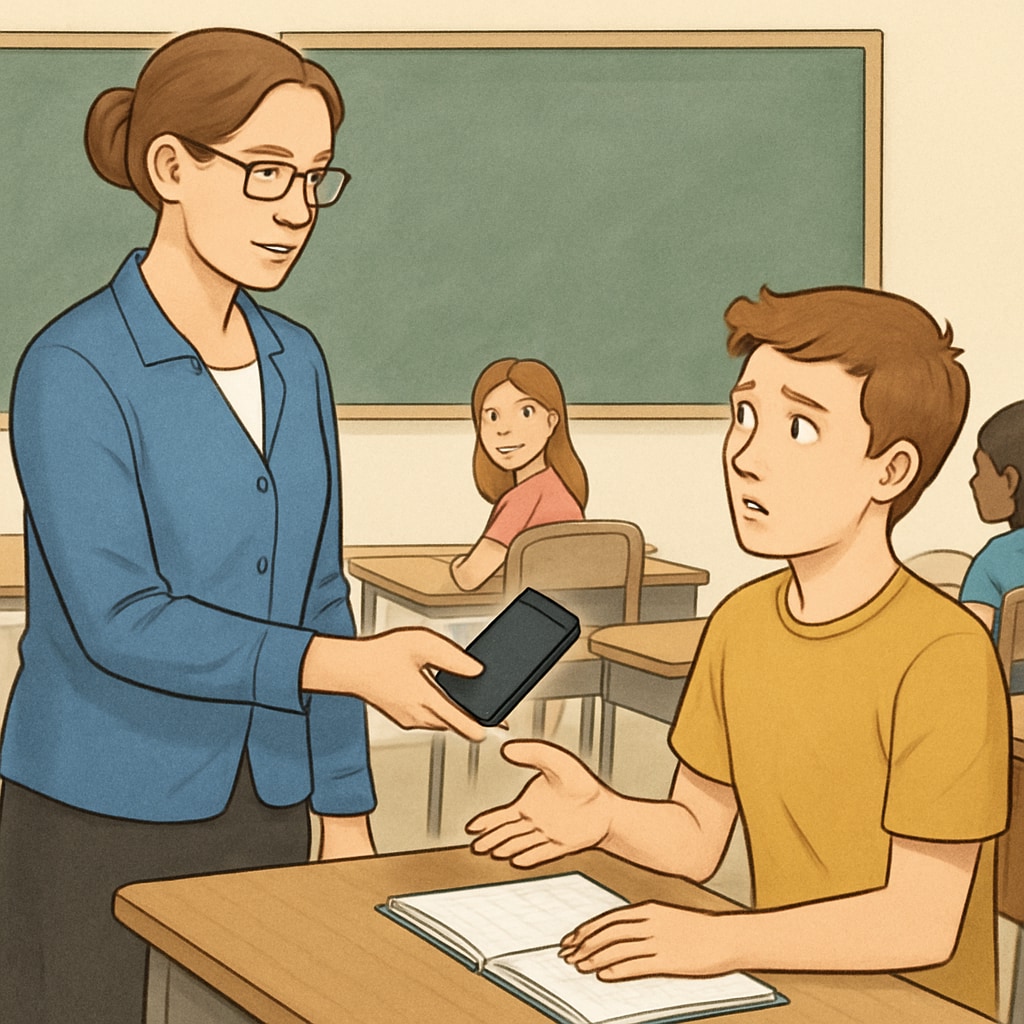The implementation of mobile phone bans in K-12 schools has sparked significant debate among educators, parents, and policymakers. While proponents argue these bans enhance school safety, reduce learning distractions, and optimize resource allocation, critics highlight the challenges of enforcing such policies and their impact on fostering digital literacy. To address these concerns, schools must explore balanced strategies that meet educational and safety goals without completely restricting access to technology.
The Pros of Mobile Phone Bans in Schools
Advocates of mobile phone bans emphasize their potential to create a more focused and equitable learning environment. Here are some key benefits:
- Reduced distractions: Mobile phones are often a source of interruptions during class, diverting students’ attention from lessons and collaborative activities.
- Improved social interactions: Without phones, students are more likely to engage in face-to-face communication, fostering interpersonal skills.
- Enhanced academic performance: Studies indicate that reduced screen time correlates with better concentration, memory retention, and overall academic achievement.
Additionally, mobile phone bans simplify classroom management by minimizing opportunities for cheating and cyberbullying during school hours.

The Challenges of Enforcing Mobile Phone Bans
While the benefits of phone bans are clear, enforcing such policies presents its own set of challenges. For example:
- Practical enforcement: Teachers and school staff may struggle to monitor compliance, especially in larger schools with high student-to-teacher ratios.
- Emergency communication: Parents often express concerns about losing direct contact with their children in case of emergencies.
- Digital literacy: A complete ban may hinder students’ ability to develop responsible technology usage habits, a critical skill in the digital age.
Moreover, punitive measures for non-compliance can sometimes alienate students and parents, leading to tensions within the school community.

Balanced Alternatives to Full Phone Bans
Rather than outright bans, schools could adopt more nuanced policies that integrate mobile devices into the learning environment under controlled conditions. Below are some alternative approaches:
- Designated usage zones: Establishing specific areas where phones are allowed, such as cafeterias or common areas, can help regulate their use.
- Classroom integration: Teachers can leverage mobile devices for educational purposes, such as research, interactive quizzes, or language learning apps.
- Digital literacy programs: Schools can offer workshops on responsible phone usage, online safety, and time management to help students navigate the digital world effectively.
These strategies not only address the concerns of phone bans but also prepare students for a technology-driven society.
Conclusion: A Path Forward
Finding a balance between restricting and utilizing mobile phones in schools is no easy task. However, by considering the unique needs of their communities, schools can implement policies that promote learning, safety, and resource efficiency. Collaboration between educators, parents, and students is key to crafting solutions that support academic success while fostering digital responsibility.
Readability guidance: This article uses concise paragraphs, lists to summarize key points, and transitions to ensure a smooth flow of ideas. It avoids excessive use of passive voice and overly complex sentences.


